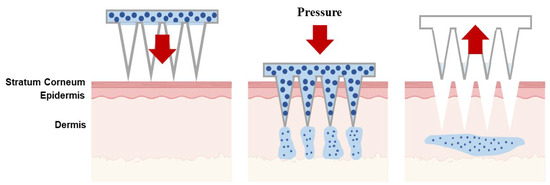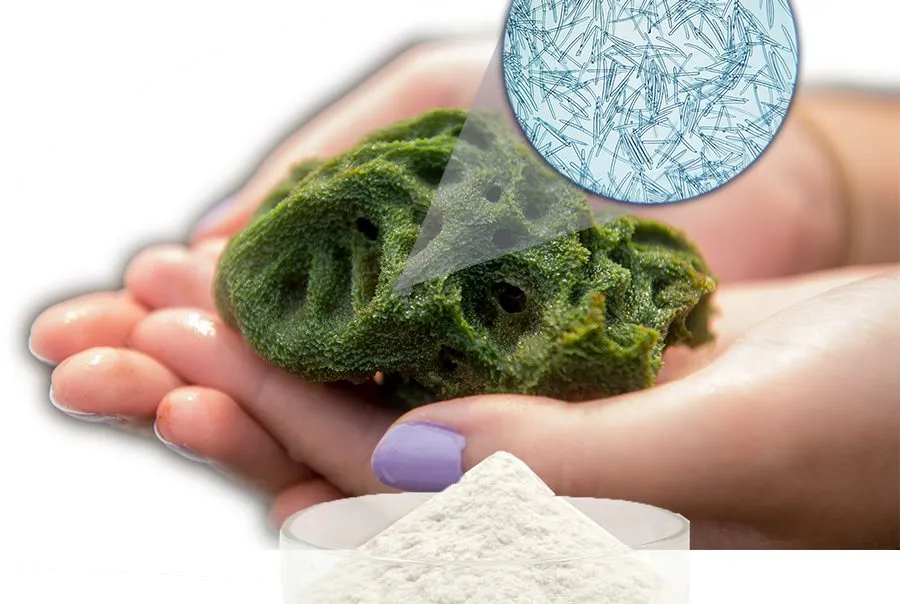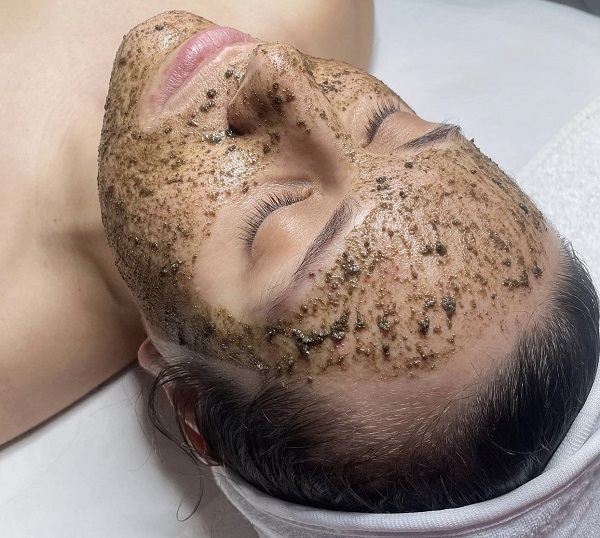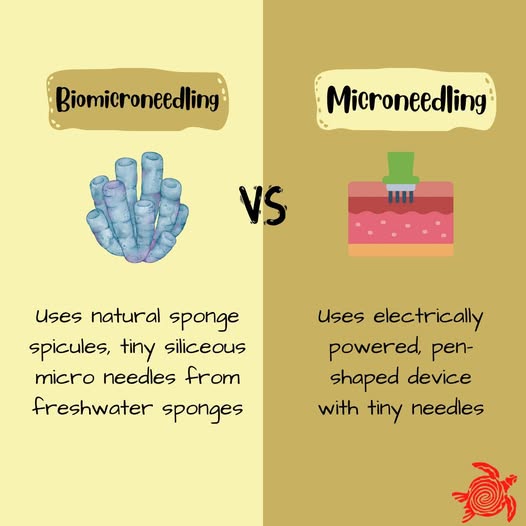For years, traditional microneedling has been a go-to for skin rejuvenation in professional settings. Yet, as a skincare professional, you know its limitations: client discomfort, downtime, and potential risks. How do biomicroneedling and microneedling differ, and could a new approach revolutionize your practice? The answer lies in a powerful microneedling alternative that offers remarkable results without the drawbacks. If you’re seeking a smarter, safer path to skin renewal for your clients, it’s time to explore the SQT Biomicroneedling treatment sets.
Understanding the Core Mechanisms
To make an informed choice, you must first understand the core mechanism behind each treatment. While both aim for rejuvenation, their methods are fundamentally different.
Traditional Microneedling: The Mechanical Puncture Approach
Traditional microneedling uses a device with fine metal needles to create controlled micro-injuries in the skin. This mechanical puncture physically breaks the skin barrier, triggering the body’s wound-healing response. This process stimulates the production of collagen and elastin, which helps to improve skin texture and firmness over time.the body’s wound-healing response

SQT Biomicroneedling: The Biological Penetration Method
SQT Biomicroneedling, on the other hand, uses natural, microscopic spongilla spicules. Instead of puncturing the skin, these spicules penetrate the epidermis, creating millions of tiny channels. This action stimulates the skin’s deeper layers and boosts the absorption of active ingredients, all without creating an open wound. It is a biological process, not a mechanical one.

The Key Differentiator: A Comparison of Invasiveness
The most significant difference between these two treatments is their level of invasiveness. This single factor has profound implications for safety and client experience.
Why SQT Offers a Truly Non-invasive Treatment
SQT Biomicroneedling is a genuinely non-invasive treatment. The spicules create micro-channels within the skin’s layers but do not break the integrity of the outermost barrier. This means no bleeding and a significantly lower risk of complications. It harnesses the body’s internal repair systems without the need for external trauma.
Understanding the Skin Barrier and Treatment Impact
A healthy skin barrier is crucial for protection against environmental aggressors and moisture loss. Traditional microneedling temporarily compromises this barrier, requiring a careful recovery period. In contrast, biomicroneedling respects and works with the barrier, making it a more holistic approach to skin health.
Safety Profile: Infection Risk and Side Effects
What are the risks of traditional microneedling? The safety profile is a primary concern for any practitioner, and here the differences are stark.
Eliminating Cross-Infection Risks with a Needle-Free Design
Because traditional microneedling creates open wounds, there is always a potential infection risk, requiring stringent sterilization protocols. SQT’s needle-free design completely eliminates this concern. Each treatment uses single-use, sterile components, ensuring the highest level of hygiene and peace of mind for both you and your client.
Comparing Post-Treatment Redness and Inflammation
While some mild redness is expected with biomicroneedling as a sign of increased circulation, it is typically less intense and subsides much faster than the inflammation associated with traditional needling. This reduced inflammatory response means a more comfortable post-treatment experience and a quicker return to normal activities.
Client Experience: Pain Level and Downtime
For your clients, the in-clinic experience and subsequent recovery are paramount. Is there a painless alternative to microneedling?
The Comfort of a Painless Microneedling Alternative
Yes. For most clients, biomicroneedling is a far more comfortable, even painless microneedling alternative. It avoids the sharp sensation of metal needles, often described instead as a tingling or mild prickling. This eliminates the need for topical numbing creams, saving time and reducing the introduction of additional chemicals.

Downtime and Recovery: What Your Clients Can Expect
Which treatment has less downtime? The answer is unequivocally biomicroneedling. Clients can typically resume their daily routine immediately, with only minor redness that usually fades within hours. Traditional microneedling often requires 24-72 hours of social downtime as the skin visibly heals, which can be a significant deterrent for busy individuals.
Efficacy and Application Range
Ultimately, you need a treatment that delivers results. While both methods are effective, their application range and suitability for different skin types vary.
Collagen Stimulation: A Shared Goal with Different Paths
Both treatments are proven to boost collagen stimulation. However, biomicroneedling achieves this by initiating a deep, biological cascade, while traditional microneedling relies on a more superficial wound-healing response. Many professionals find the results from biomicroneedling to be more comprehensive and natural-looking over time.
Why Biomicroneedling is a Safer Choice for Sensitive Skin
Can biomicroneedling treat sensitive skin? Absolutely. Its non-invasive nature and minimal inflammation make it a much safer and more suitable option for clients with sensitive or reactive skin, who might not be candidates for traditional microneedling. This allows you to serve a broader client base with confidence.
Expanding Your Services to New Treatment Areas
The safety and gentleness of biomicroneedling also allow for expanded treatment possibilities. It can be confidently used on delicate areas like the neck and décolleté, opening up new revenue streams for your professional skincare practice.
Quick Comparison Table: Biomicroneedling vs. Traditional Microneedling
For a clear overview, here is a breakdown of the key differences:
| Feature | SQT Biomicroneedling | Traditional Microneedling |
|---|---|---|
| Mechanism | Biological Penetration | Mechanical Puncture |
| Invasiveness | Non-invasive | Invasive (creates micro-wounds) |
| Pain Level | Minimal to none | Moderate (often requires numbing) |
| Infection Risk | Virtually zero | Low but present |
| Downtime | Minimal (hours) | 1-3 days |
| Best for Sensitive Skin | Yes | Caution advised |
Conclusion: Making the Smart Choice for Your Professional Skincare Practice
When comparing Biomicroneedling vs Microneedling, the choice for the modern skincare professional becomes clear. While traditional microneedling has its place, SQT Biomicroneedling represents the next evolution in skin rejuvenation. It is a safer, more comfortable, and more versatile microneedling alternative that delivers powerful results without compromise. By integrating this non-invasive treatment into your offerings, you can elevate your practice, enhance client satisfaction, and position yourself as a leader in the industry.
Ready to offer your clients a superior experience? Discover the SQT treatment sets and see the future of professional skincare.
Frequently Asked Questions
Is the effect of biomicroneedling as long-lasting as traditional microneedling? Yes. Both treatments stimulate the body’s natural collagen production, leading to long-lasting results. The key is a consistent treatment plan and proper homecare, which biomicroneedling fully supports.
How often should biomicroneedling treatments be performed? Treatment intervals typically range from two to four weeks, depending on the specific SQT set used and the client’s skin condition. This allows the skin ample time to complete its natural regeneration cycle between sessions for optimal results.
Can biomicroneedling completely replace traditional microneedling in a clinic? For many clinics, yes. Given its superior safety profile, broader client suitability (including sensitive skin), and minimal downtime, biomicroneedling can meet the needs of the vast majority of clients seeking skin rejuvenation, making it an excellent primary or even sole offering. For more detailed guidance, feel free to contact our experts.

